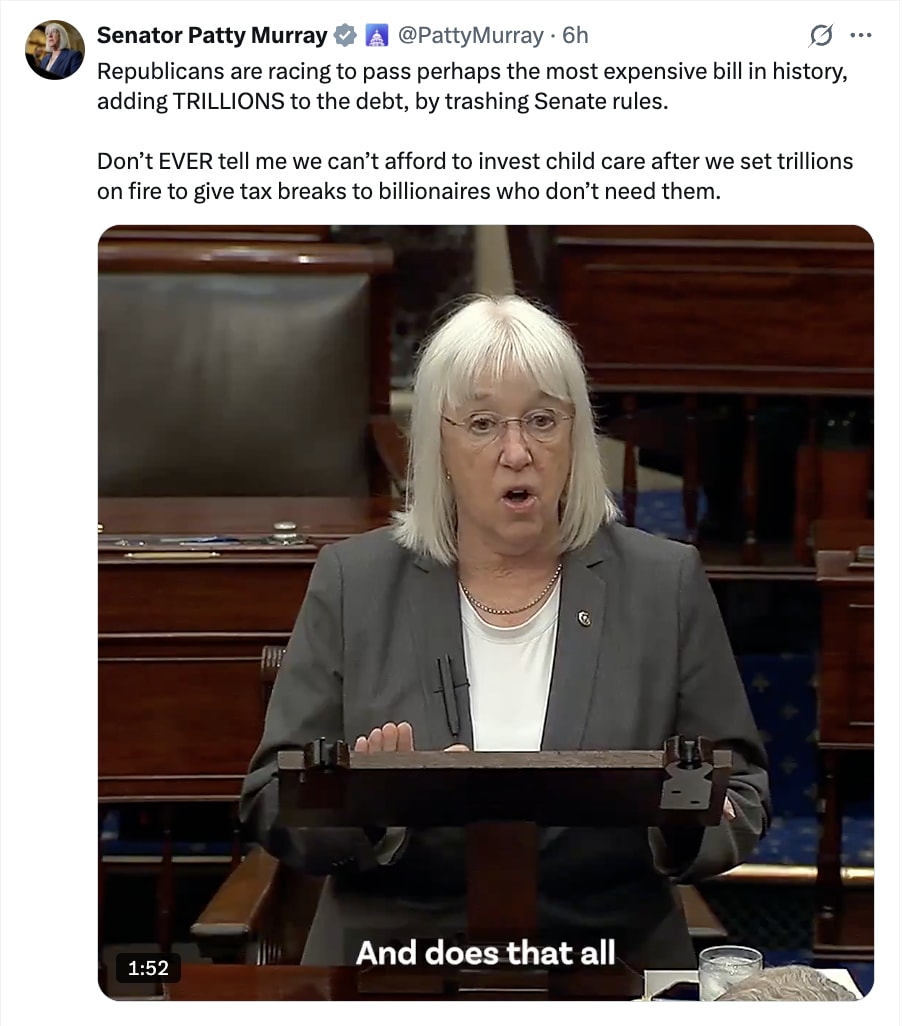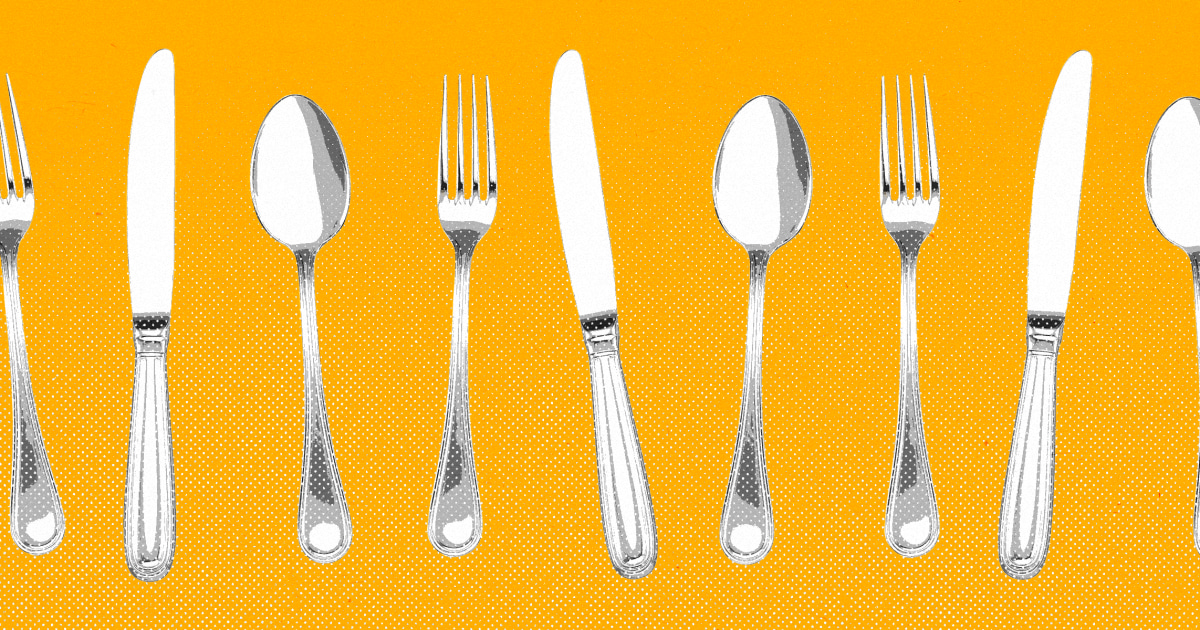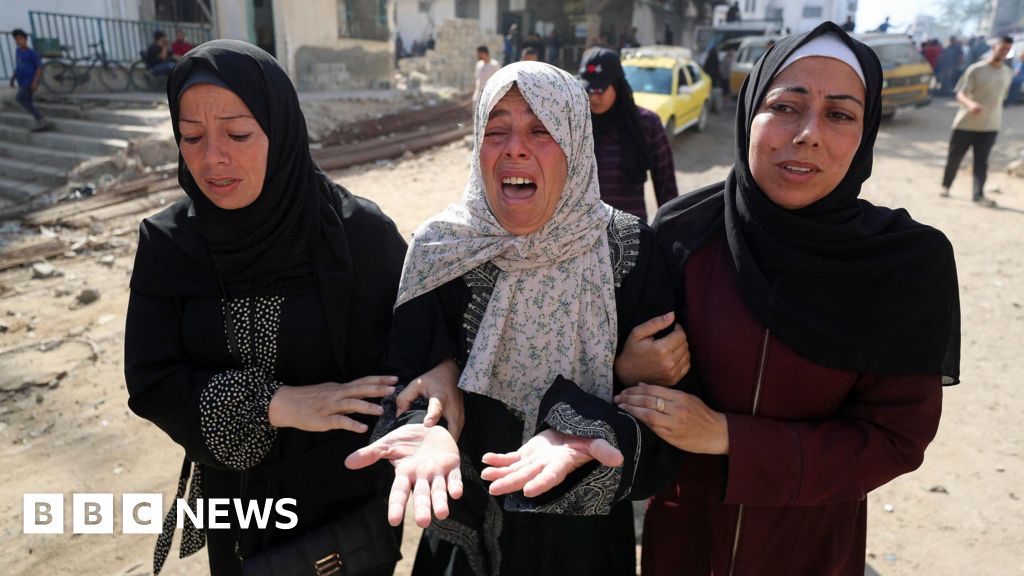At this very moment, Congress is weighing legislation that could strip health coverage from 17 million people, including children, with over $1 trillion in cuts to Medicaid, the Children’s Health Insurance Program (CHIP), and the Affordable Care Act (ACA).
Supporters claim it’s about “saving Medicaid for the most vulnerable.” For parents and child advocates, that is deeply disturbing because we know that Russ Vought, while serving as president at the Center for Renewing America, proposed more than a trillion in cuts to Medicaid and the Children’s Health Insurance Program (CHIP) by arguing:
The proposal would allow states to refocus their efforts on the most vulnerable populations — including the aged, blind, and disabled — for whom Medicaid was originally designed to assist.
House Republicans also made such a claim back in 2017.
Note who OMB Director Vought and House Republicans left behind: CHILDREN.
But even if they claim to protect children this time, the truth is that H.R. 1, the big, monstrous bill, does not do so. It does not just target Medicaid – it also slices into CHIP, which is, by definition, focused on child health. Medicaid and CHIP act together to form the backbone of children’s health insurance coverage in America.
Over 37 million children rely on Medicaid and CHIP for the basics most of us take for granted: well-baby visits, vaccinations, asthma inhalers, dental and vision care, and mental health care, but also for life-saving care related to treatment for cancer, heart conditions, and emergency care.
For more than half of the children with disabilities, these programs are life-sustaining. They pay for speech therapy, wheelchairs, feeding tubes, prosthetics, and home health aides that allow kids to grow up surrounded by family instead of institutions.
As for some of the nation’s most vulnerable children, kids in the foster care system, nearly 100% are enrolled in Medicaid and have increased physical and mental care services that serve as a lifeline for their development.
Cutting Medicaid and CHIP is cutting children.
As for the manner in which these cuts are imposed, H.R. 1 creates a thicket of red tape, bureaucratic hurdles, and burdensome barriers to care that families must navigate just to keep their children covered.
History and common sense tell us exactly what will happen: eligible kids will slip through the cracks, lose coverage, and go without the care they need.
It won’t be a quiet tragedy: it will show up in crowded emergency rooms, in hospitals absorbing more uncompensated care, and in children whose conditions worsen because their parents couldn’t afford to pay out of pocket.
Sen. Thom Tillis (R-NC) has spoken out against H.R. 1 because of the Medicaid cuts, and he called his colleagues out on their rush to slash health care.
Congress and the Trump Administration are pushing to shortchange our children to pay for tax cuts for corporations and the rich, attacking the health of kids while protecting wasteful spending by Medicare HMOs, and threatening the well-being and development of the next generation to create a generational transfer of wealth to older generations.
Supporters of these massive cuts claim that Medicaid and CHIP are growing too fast, and it is an argument that might sound reasonable on the surface, as nobody supports waste. But it is a lie that collapses under scrutiny.
The truth is, Medicaid and CHIP are among the most efficient health coverage programs in the nation. As the National Association of State Budget Officers (NASBO) points out, Medicaid’s per-person costs have consistently grown more slowly than private insurance and Medicare. Medicaid achieves this through lower payment rates to providers, rigorous cost management, and by covering populations like children, who are generally less expensive to insure.
However, if Medicaid and CHIP are relatively low-cost and well-managed, why is total spending rising? Although children make up about half of all combined enrollees on Medicaid and CHIP, they account for less than 20% of costs. The primary driver is the aging of America. As more people move into their 70s and 80s, costs naturally increase, especially for long-term services and supports. Medicaid is the single largest payer of nursing home and community-based care. Consequently, the average cost of providing care to senior citizens on Medicaid is significantly higher than for children on a per capita basis.
Furthermore, an analysis by the Congressional Budget Office (CBO) found that expanding coverage for children is cost-effective and reduces deficits over time because healthy kids do better in school, earn more as adults, and have lower rates of chronic illness. Investing in child health and other investments in children are among the most cost-effective and highest returns on investment.
It is also a false economy to cut children. As UnidosUS and First Focus on Children have documented, Medicaid and CHIP are lifelines for children. Slashing them jeopardizes their futures, reinforces long-standing inequities, and robs the entire nation of the talent and productivity that comes when all kids have a fair shot to fulfill their God-given potential.
Instead, Congress is proposing to create tragic new bureaucratic obstacles, layers of eligibility checks, complex income reporting, and documentation hurdles. Rather than funding health care, Congress is proposing to change the role of government from that of improving the health of children to denying access to health care. Divesting in children does nothing other than shift the burden onto families, forcing them to navigate a maze of red tape, unanswered phone lines, and waiting lines to keep their kids insured and healthy.
For an Administration claiming to want to cut regulations and red tape, it is nevertheless imposing mountains of new paperwork and bureaucracy upon parents and children. Increasing paperwork burden is not prudent fiscal stewardship. It’s a strategy that makes children collateral damage in a quest to enrich lobbyists and wealthy political donors. This strategy is the diametric opposite of Department of Health and Human Services Secretary Robert F. Kennedy’s claim that he wants to Make America’s Children’s Healthy.
When Congress pushes cuts and new bureaucratic barriers into Medicaid and CHIP, it doesn’t land on some abstract group. It lands squarely on children – starting at birth – who depend on these programs for their health and futures.
Beginning with the very youngest, Medicaid and CHIP together cover nearly half of all births in the United States. For countless mothers and babies, Medicaid pays for prenatal visits that catch complications early, delivery costs in the hospital, and postpartum care that helps moms recover and babies thrive. It funds newborn screenings that detect heart defects or metabolic disorders before they become life-threatening. Without Medicaid, many infants would start life with no safety net at all, raising the risk of preventable complications and even infant mortality.
In short, Medicaid and CHIP save lives.
This story is also about the needs of children with disabilities. Close to half of children with disabilities rely on Medicaid to cover essential therapies, in-home nursing, and medical equipment. These aren’t optional extras: they’re services that allow children with cerebral palsy to learn to walk with braces, kids with autism to find their voice through speech therapy, and teens with severe epilepsy to manage life-threatening seizures. Without Medicaid, many would be forced to move from their families into institutional settings, at far greater expense to taxpayers and with devastating impacts on their quality of life.
Look also at the hundreds of thousands of children in foster care, who are categorically eligible for Medicaid. Medicaid ensures they get trauma counseling, developmental screenings, and treatment for chronic conditions that often went unaddressed before entering the system. Stripping away Medicaid through bureaucratic red tape jeopardizes their health and weakens the entire foster care system’s ability to protect vulnerable children.
Adding new administrative hurdles, or simply squeezing funding so states can’t maintain eligibility levels, means millions of these children – from newborns to teens – will increase the uninsured. We know exactly what happens when that safety net frays: parents skip well-baby visits, toddlers miss critical vaccinations, chronic conditions go untreated until they erupt into emergencies, and costs rise.
The bottom line is painfully clear. When Congress slashes Medicaid and CHIP or buries families under red tape, it’s babies, children with disabilities, kids in foster care, and hard-working families who will pay the steepest price.
If the plan before Congress becomes law, the CBO projects it will cause 17 million people to lose their health insurance. That means millions more families – including babies, children with disabilities, and kids in foster care – will show up in emergency rooms without coverage to pay for their care.
Recognizing the looming crisis facing hospitals created by this legislation, the authors of H.R. 1 include a new fund aimed at supporting rural hospitals that will inevitably face more uncompensated care. They’re trying to plug the hole their own bill blows open.
This is an astonishingly backward way to support hospitals. The best way to help rural hospitals, children’s hospitals, and community clinics isn’t to let families lose insurance and then hand out special grants after the fact. It’s to keep people insured in the first place. When patients have Medicaid or CHIP, hospitals get paid, children receive preventive care, and small problems are treated before they become expensive and dangerous emergencies.
We’ve seen what happens when large numbers of patients lose coverage. Hospitals absorb skyrocketing costs of unpaid care, which can lead to cutbacks, layoffs, or even closures. Patients delay routine visits until minor issues become crises. And tragically, the uninsured are more likely to die from treatable conditions simply because they wait too long to seek help.
In other words, by stripping Medicaid and CHIP coverage from millions of people, this bill puts families at risk and undermines the very stability of the health care system it claims to support. Helping children, people with disabilities, and low-income families maintain coverage helps hospitals, too. That’s the simplest, most cost-effective policy we have.
H.R. 1 isn’t just about budget lines, cost curves, or abstract projections from Washington. It’s about whether a baby gets a healthy start, whether a child with asthma can keep breathing easily, and whether a teen in foster care finally has consistent care for trauma that’s haunted them for years.
Congress’s bill doesn’t “preserve Medicaid and CHIP for the most vulnerable.” It does the opposite. By slashing funding and burying families under paperwork, it puts millions of children — including babies, kids with disabilities, and those in foster care — directly in harm’s way. And by attempting to mitigate the fallout with hospital bailouts, it all but acknowledges the damage these cuts will cause: more uninsured children, more uncompensated care, and greater strain on already struggling communities.
Let’s be clear: this isn’t an unfortunate byproduct of a complicated bill. It’s a deliberate policy choice. Lawmakers know precisely who will pay the price – children who can’t hire lobbyists, don’t write campaign checks, and have no power to fight back.
And sadly, this is just one piece of a much larger pattern in H.R. 1, and as Sen. Patty Murray (D-WA) says, the entire budget process.
The largest level of proposed cuts to health care in our history comes on top of other unprecedented attacks on children, including H.R. 1’s attempt to slash SNAP, enact a deeply flawed and inadequate Child Tax Credit that disproportionately punishes moms and babies, and advance a voucher tax credit scheme that seeks to enrich the wealthy while slashing resources from public schools. Taken together, it’s a clear statement of priorities in which children are at the bottom.
H.R. 1 is shifting resources from the poor to the wealthy, from the young to the old, and from the future to the past.
And apparently, for statues for President Trump’s “Garden of Heroes”…
If Congress moves forward, I wish they would be honest enough to own it: they are choosing cuts over kids, yachts for the wealthy over public schools, tax breaks for handgun silencers and tanning booths over children’s health, statues in “gardens of heroes” over child nutrition, and political wins for their donors over the fundamental promise we owe every child – a chance to grow up healthy and thrive.


















 English (US) ·
English (US) ·